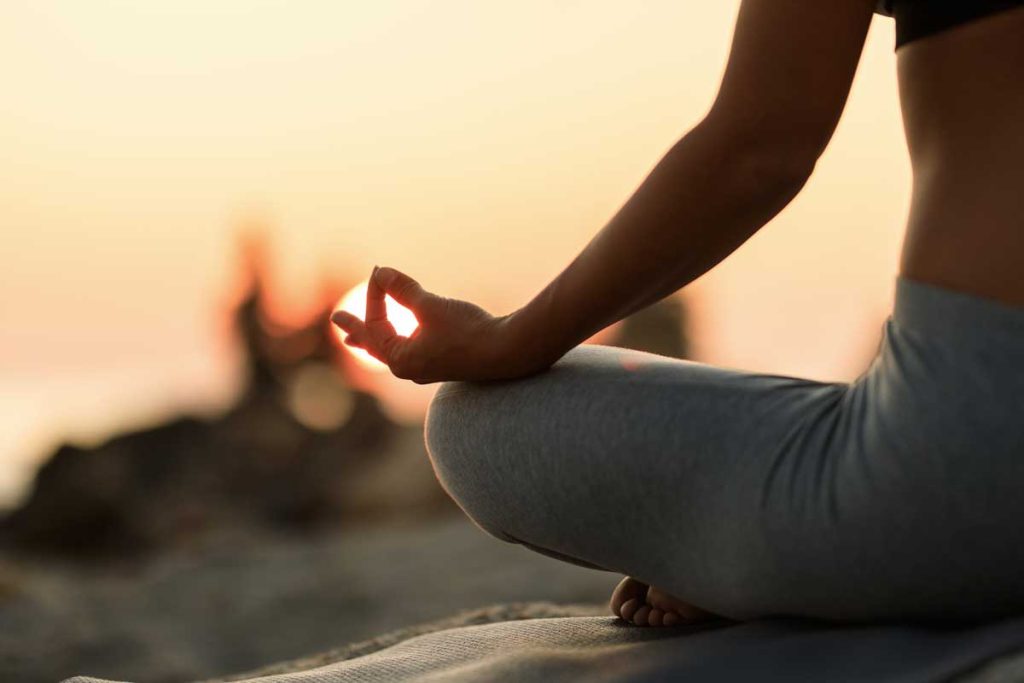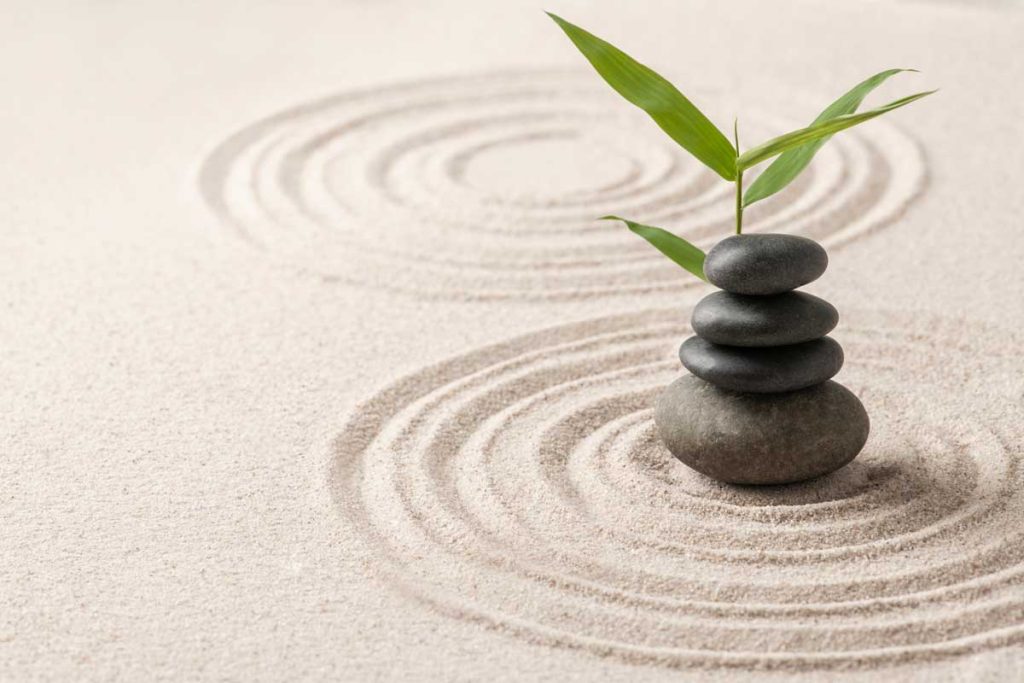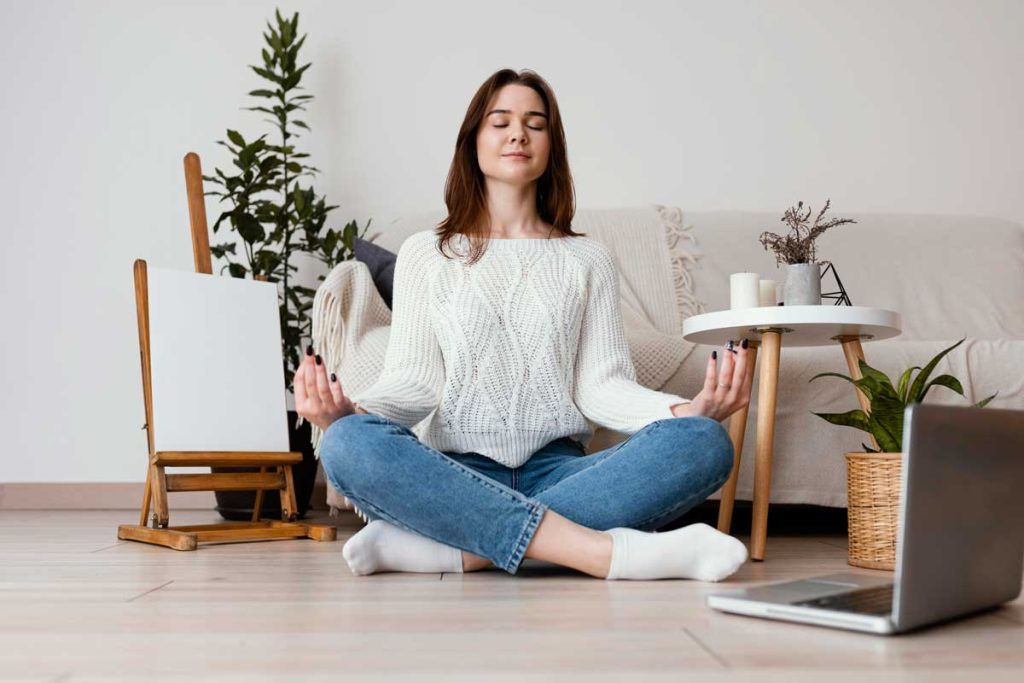In the whirlwind of modern existence, the pursuit of mindfulness stands as a beacon of tranquility and clarity. As we stride through the ever-evolving landscape of 2024, the essence of mindfulness resonates more profoundly than ever before. It’s a concept that transcends trends, weaving its way into the fabric of our daily lives, promising a sanctuary amidst the chaos, a respite from the relentless pace of progress.
But what does it truly mean to be mindful in this age of constant connectivity and ceaseless demands? Mindfulness isn’t merely a fleeting trend or a passing fad. It’s a timeless practice, an art that requires nurturing and dedication. It’s about cultivating a state of heightened awareness, where every moment becomes an opportunity for presence, where the cacophony of the external world takes a backseat to the serenity within. As we delve into the depths of mindfulness exercises, we unravel a tapestry of techniques and skills that pave the way toward mental resilience, emotional balance, and a deeper connection with ourselves and the world around us. Join us on this transformative journey, as we navigate the labyrinth of mindfulness in the year 2024.

Table of Contents
What Does It Mean to Be Mindful?
Understanding the Essence of Mindfulness
To truly understand what it means to be mindful, it’s essential to peel back the layers beyond its popular depiction as a state of relaxation or a fleeting moment of meditation. At its core, mindfulness encapsulates a profound state of conscious awareness and presence in the current moment. It’s an intentional practice that involves acknowledging and accepting one’s thoughts, feelings, bodily sensations, and surroundings without judgment.
In the context of 2024, where distractions clamor for attention and the digital age continuously vies for our focus, being mindful takes on a heightened significance. It transcends the notion of merely slowing down or finding tranquility amidst chaos. Mindfulness in this era embodies an active engagement with the present, a deliberate effort to anchor oneself in the here and now despite the constant flux of information and stimuli. It’s about fostering a deep connection with oneself amid the whirlwind of modernity, enabling a clearer perspective, sharper focus, and a profound appreciation for each passing moment.
Being mindful doesn’t imply the absence of thoughts or emotions but rather the ability to observe them with a sense of curiosity and compassion. It’s a conscious choice to bring attention to the present moment, whether it’s savoring a simple breath, relishing the taste of a meal, or fully engaging in a conversation without the intrusion of wandering thoughts. It’s about acknowledging the richness of experiences, both pleasant and challenging, and embracing them with an open-hearted presence that cultivates resilience and inner peace.
Mindfulness Meaning: Decoding Its Impact in 2024
Navigating the Significance of Mindfulness Today
In the dynamic landscape of 2024, the meaning of mindfulness extends far beyond its traditional connotations. It’s a concept that has evolved, morphing into an essential tool for navigating the complexities of modern life. Mindfulness in this era isn’t just about finding moments of calm; it’s a transformative practice that holds the key to unlocking a multitude of benefits, from bolstering mental resilience to enhancing overall well-being.
At its core, the meaning of mindfulness in 2024 encapsulates a deliberate state of heightened awareness and intentional presence. It’s the art of being fully engaged in the present moment, amidst the whirlwind of technological advancements, social dynamics, and personal aspirations. Mindfulness serves as an anchor in a sea of constant change, offering a pathway to clarity and inner peace amid the chaos.
The significance of mindfulness today transcends individual well-being; it permeates various aspects of society. From boardrooms to classrooms, healthcare facilities to tech hubs, the ripple effect of mindfulness is palpable. In workplaces, it fosters a culture of focus, productivity, and emotional intelligence, allowing individuals to navigate high-pressure environments with a sense of calm and clarity. In education, it’s a tool for cultivating attention and resilience among students, equipping them with essential life skills beyond the scope of textbooks. Moreover, in the realm of healthcare, mindfulness stands as a complementary approach, supporting mental health and offering solace in the face of stress and uncertainty. As we navigate the complexities of 2024, the meaning of mindfulness extends its reach, touching and transforming lives in multifaceted ways.
What Are Mindfulness Skills?
Unveiling the Essential Techniques
Mindfulness exercises encompass a rich array of skills and techniques that serve as the building blocks for cultivating a more mindful existence in the bustling landscape of 2024. These exercises aren’t just fleeting moments of reflection; they are deliberate practices designed to hone a heightened state of awareness, focus, and emotional equilibrium.
One of the fundamental mindfulness exercises involves anchoring attention to the breath. This technique serves as a foundational pillar, fostering a connection between the mind and body. By simply observing the rhythm of inhalation and exhalation, individuals can ground themselves in the present moment, allowing distractions to dissipate and fostering a sense of calm amidst the chaos of everyday life. This exercise is versatile and adaptable, making it an accessible starting point for beginners venturing into the realm of mindfulness.
Another powerful mindfulness exercise involves body scans. This technique involves systematically shifting attention throughout the body, observing sensations without judgment. It encourages a profound sense of bodily awareness, aiding in the recognition and release of tension or stress held within different regions. In the context of 2024, where the strains of modern life often manifest physically, this exercise serves as a potent tool for relaxation and self-care.
Mindfulness exercises also include practices centered around sensory awareness. Whether it’s mindful eating, where one savors each bite with undivided attention, or mindful walking, where each step becomes an exploration of movement and connection with the environment, these exercises facilitate a deeper appreciation for the sensory experiences that often go unnoticed in the hurried pace of daily life.
In the realm of digital connectivity, mindfulness exercises also extend to techniques aimed at digital detox and reconnection with the physical world. This involves intentional breaks from screens, fostering moments of unplugged tranquility to restore mental clarity and reduce the overwhelming stimuli bombarding our senses in the digital age.
By integrating these mindfulness exercises into daily routines, individuals in 2024 can cultivate a reservoir of skills that empower them to navigate the complexities of modernity with grace, resilience, and an unwavering presence of mind. These techniques serve as beacons of tranquility, offering a sanctuary amid the relentless hustle and bustle of contemporary living.

How Do I Start Mindfulness?
Beginner’s Guide to Cultivating Mindfulness in Everyday Life
Embarking on a journey toward mindfulness through exercises begins with a gentle and deliberate approach, especially for beginners navigating the bustling currents of 2024. The beauty of mindfulness exercises lies in their simplicity and accessibility, making them a perfect starting point for those seeking to infuse moments of tranquility into their daily routines.
Start by carving out a small pocket of time each day dedicated to mindfulness exercises. This could be as brief as five minutes initially, gradually extending as your practice evolves. Begin with breathing exercises, focusing on the sensation of each inhale and exhale. The breath serves as an anchor, grounding you in the present moment amid the whirlwind of thoughts and distractions.
Incorporating mindfulness exercises into mundane activities can also be an effective entry point. For instance, during meals, engage in mindful eating. Take notice of the flavors, textures, and sensations as you chew, savoring each bite with full awareness. This simple practice not only enhances your connection with food but also trains the mind to be present.
Guided mindfulness exercises, easily accessible through apps or online resources, can be immensely beneficial for beginners. These sessions offer gentle guidance through various techniques, helping you navigate the intricacies of mindfulness with ease. Consider exploring guided meditations or mindfulness apps designed specifically for beginners, offering structured practices tailored to suit your pace and preferences.
As you delve deeper into mindfulness exercises, remain patient and compassionate with yourself. It’s natural for the mind to wander or for challenges to arise. Embrace these moments as part of the learning process, gently redirecting your focus to the chosen exercise without self-judgment. Consistency is key; integrating mindfulness exercises into your routine gradually cultivates a more profound sense of presence and calm amidst the hustle and bustle of modern life.
What Is Real Mindfulness?
Distinguishing Authenticity in Mindfulness Practices
In the bustling landscape of 2024, the concept of mindfulness has become increasingly prevalent, yet discerning authentic mindfulness practices from fleeting trends has never been more crucial. Real mindfulness transcends the surface-level notion of relaxation or a passing fad. It embodies a profound state of conscious awareness and intentional presence, anchored in authenticity and depth.
Authentic mindfulness isn’t merely about going through the motions of meditation or engaging in occasional moments of tranquility. It’s a way of being—an ongoing practice that permeates every facet of life. Real mindfulness doesn’t seek to escape reality but rather to embrace it fully, acknowledging both the pleasant and challenging aspects of existence without judgment.
In the realm of real mindfulness, there exists an element of curiosity and openness. It involves a genuine exploration of one’s inner landscape, delving into the depths of thoughts, emotions, and sensations without attaching labels or attempting to change them. It’s about fostering a compassionate relationship with oneself, extending kindness and understanding to every aspect of the human experience.
Moreover, authentic mindfulness isn’t confined to solitary meditation sessions or designated moments of stillness. It extends beyond formal practice into the tapestry of everyday life. It’s about infusing mindfulness into routine activities—whether it’s walking, eating, or engaging in conversations—bringing an intentional focus and presence to each moment.
Distinguishing real mindfulness involves recognizing its transformative power. It’s not a quick fix or a temporary escape from reality; it’s a lifelong journey that cultivates resilience, emotional intelligence, and a profound sense of interconnectedness with oneself and the world. As mindfulness continues to weave its way into the fabric of modernity, discerning authenticity in its practice becomes paramount, guiding individuals toward a more meaningful and purposeful existence amidst the chaos of 2024.

what is the best mindfulness exercises
The best mindfulness exercises often vary from person to person based on individual preferences and what resonates most with their lifestyle and needs. However, several mindfulness exercises are widely acknowledged for their effectiveness in fostering a sense of presence, calm, and self-awareness. Here are a few highly regarded mindfulness exercises:
- Mindful Breathing: This exercise involves focusing on your breath, observing its natural rhythm without attempting to control it. It’s a foundational practice that anchors attention to the present moment and helps calm the mind.
- Body Scan Meditation: This practice involves systematically directing your attention to different parts of the body, noticing sensations without judgment. It promotes relaxation, body awareness, and release of tension.
- Mindful Walking: Engaging in walking while paying attention to each step, the sensations in your feet, and the movement of your body. It encourages grounding and can be done indoors or outdoors.
- Mindful Eating: Eating mindfully involves savoring each bite, paying attention to the taste, texture, and sensations of the food. It cultivates a deeper connection to the experience of eating.
- Guided Meditations: Utilizing guided meditations or mindfulness apps can provide structured sessions led by experienced instructors. These can range from short, focused exercises to longer sessions, catering to various preferences.
- Visualization Techniques: Using guided imagery to imagine a serene place or engaging in visualizations that evoke positive emotions can be powerful for relaxation and reducing stress.
- Mindful Journaling: Reflecting on your thoughts, emotions, and experiences through writing can promote self-awareness and clarity. It involves observing your inner world without judgment.
The “best” mindfulness exercise often depends on personal inclination and what resonates with an individual’s lifestyle and needs. Exploring different techniques and finding what feels most comfortable and impactful is key to establishing a consistent mindfulness practice. Combining various exercises based on the context of your daily life can also enhance the overall mindfulness experience.
What is the 5 senses mindfulness exercises?
The 5 senses mindfulness exercise is a powerful practice within the realm of mindfulness exercises, designed to foster a deeper connection with the present moment by engaging each of your five senses: sight, hearing, touch, taste, and smell. It serves as an anchor, drawing attention away from thoughts about the past or future and into the immediate sensations of the present.
To start this exercise, take a moment to observe and acknowledge:
- Sight: Look around and intentionally notice five things you see. Pay attention to colors, shapes, and details without analyzing or judging them.
- Hearing: Listen for and identify four distinct sounds around you. It could be the rustling of leaves, distant traffic, or the hum of appliances. Simply observe the sounds as they come and go.
- Touch: Focus on three things you can feel. This might be the texture of your clothing, the warmth of your skin, or the sensation of an object in your hand. Be aware of the tactile sensations present.
- Taste: Identify two different tastes or flavors you can detect. This could involve sipping a drink, noticing the taste of a meal, or simply observing any residual tastes in your mouth.
- Smell: Concentrate on one scent you can detect in your surroundings. Whether it’s a nearby aroma, the freshness of the air, or even the absence of any particular smell, acknowledge and observe it.
Engaging all five senses intentionally and sequentially grounds you in the present moment, fostering a heightened state of awareness and mindfulness. This exercise can serve as a quick and effective way to center yourself, especially in moments of stress or distraction, allowing you to reconnect with the immediate sensory experience of the world around you.









Thanks I have recently been looking for info about this subject for a while and yours is the greatest I have discovered so far However what in regards to the bottom line Are you certain in regards to the supply
Yes, we are sure about the whole issue